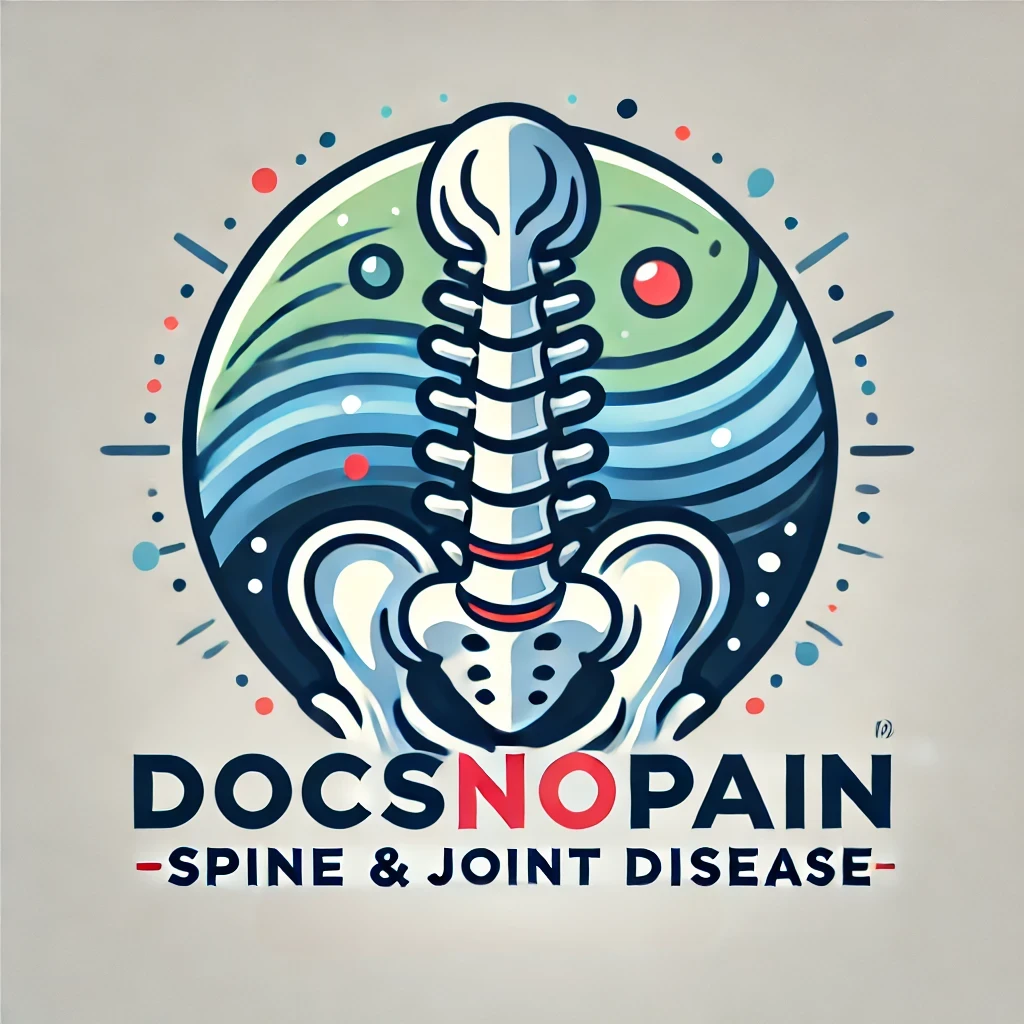
Transforaminal Lumbar Fusion
A transforaminal lumbar fusion (TLIF) is a technique used to stabilize the spinal vertebrae and the disc between the vertebrae, which acts as a shock absorber. Fusion is designed to create solid bone between adjoining vertebrae, eliminating any movement between the bones, with the goal of reducing pain and nerve irritation.
Frequently Asked Questions
TLIF is done through the posterior, or back, part of the spine. During the procedure, a bone graft is placed into the disc space and alongside the back of the vertebrae to be fused, which is obtained from the patient’s hip bone or can be artificial. To help enhance the fusion rate, pedicle screws, and rods are attached to the back of the vertebrae and an interbody fusion spacer is inserted into the disc space. As the bone graft heals, it fuses the vertebrae above and below to create one bone, re-stabilizing the spine. TLIF allows the surgeon to fuse both the anterior and posterior columns of the spine through one singular posterior approach; the anterior portion of the spine is stabilized by the bone graft and interbody spacer, and the posterior column is locked in place with the pedicle screws, rods, and bone graft.
There are many benefits to TLIF:
- Because the bone graft is placed both along the gutters of the spine posteriorly, but also in the disc space, bone fusion is enhanced.
- A spacer is placed into the disc space, helping to restore normal spine height and opening up nerve foramina to take the pressure off the nerve roots.
- The technique allows the surgeon to insert the bone graft and the spacer into the disc space from a unilateral approach laterally, without having to forcefully retract the nerve roots. Retraction of the nerve roots can induce injury and scarring in the area.

